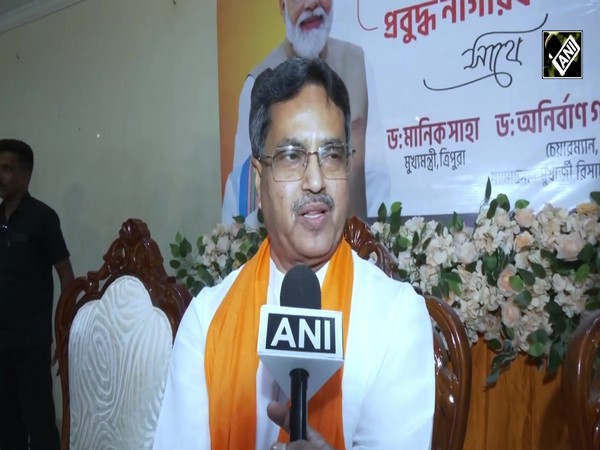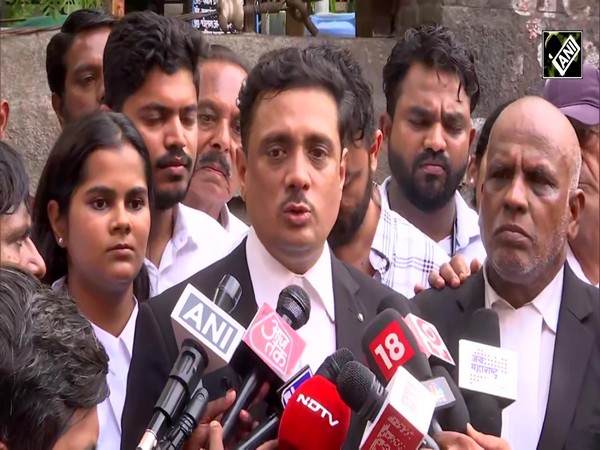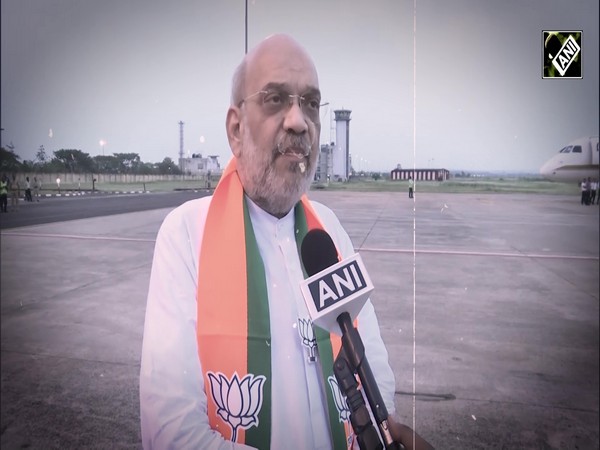How hardliners got key positions in Taliban's interim government
Sep 12, 2021

Kabul [Afghanistan], September 12 : The Taliban's recent announcement of its caretaker government in Afghanistan showed that key figures who participated in Doha talks with the US were sidelined, but hardliners got top positions in the government, a media report said.
The role of Pakistan was quite evident in the Taliban's interim government formation as the leaders of Quetta Shura -- a body of Afghan Taliban leaders that was formed in May 2002 and was based in the Pakistani city of Quetta -- managed to sideline the top figures to participate in peace talks with the US, The Times of Israel said on Friday.
As a result, Mullah Abdul Ghani Baradar and Mullah Sher Mohammed Abbas Stanakzai were side-lined and allotted relatively junior positions.
Pakistan's civil-military establishment is perhaps unhappy with Baradar as from 2011 to 2018 it kept him behind bars for attempting to talk with then Afghan president Hamid Karzai. However, later he was released in time for talks at Doha.
Despite being the co-founder of the Taliban and having played a top role in negotiations with the US, he was given a relatively lower position. Baradar was also close to the supremo Mullah Umar.
The top position in the Taliban is held by Mullah Haibatulllah Akhundzada. He is believed to be a reclusive man who operates mainly from Kandahar.
The Taliban are appeared to have followed the Iranian model where the top position is held by a religious supreme leader who is the final arbiter, above politics and government, reported The Times of Israel
Mullah Mohammed Hasan Akhund was named as the prime minister of the caretaker government. However, he is relatively a low-profile figure, but a respected leader. It's said that he is a descendant of the 18th century founder of modern Afghanistan, Ahmed Shah Durrani.
This works well in a semi-feudal, religious, hierarchy-based society that earlier had Maliks as chiefs of Jirgas, who were both religious and warlords, according to The Times of Israel said.
But in August 2001, Mullah Akhund -- who's an Ahmedzai Pukhtun -- in an attempt to spite the western critics had ordered the destruction of the Buddha statues in Afghanistan's Bamiyan.
The move drew global criticism and created apprehensions about the protection of ethnic and religious minorities in the region.
The appointment of the Akhund at the top level of the government underlines that the influence Quetta Shoora has over others.
However, among all of them, Sirajuddin Haqqani seems to have gained control over a strong position in the caretaker government.
Haqqani, Interior Minister in the caretaker government, has been widely known for his close association with Pakistan's ISI.
In past, he has also targeted the wanted figures of the ISI through violence, terror attacks and suicide bombing.
The visit of ISI chief Lieutenant General Faiz Hamid to Kabul two days before the announcement of the Taliban's interim government raises speculations of the depth of the involvement of Pakistan in the Taliban.
However, his visit has definitely put weightage on reports that Hamid had a hand in at least this appointment. As the Interior Minister is a crucial position in the government.
Sirajuddin's appointment will probably strengthen the dreaded Haqqani Network. His brother Khalilur Rahman Haqqani holds a ministerial position, while another brother, Anas is an influential fighter-politician. The network could be the militia independent of the regular security apparatus, The Times of Israel said.
During the war, the Taliban had come across ideological and factional differences. But these have remerged as the Taliban have gained power. Now the group will probably face a challenge to maintain unity with their ranks as with no absolute authority, a power struggle is bound to ensue.


















